2.8K Views
Toxic Mold: What You Need to Know

by
Andrea Fabry
(IC: blogger)
I knew nothing about mold when we pulled up our carpeting and discovered mold growing on the floor and surrounding walls. I didn't associate our declining health with our uninvited water intrusion until the mold was improperly remediated. That's when our health took a dramatic turn for the worse.
Our family's story is not everyone's story. Sometimes a mold situation is easily fixed. Other times the problem is simple surface mold. Always approach a mold situation with caution.
Moisture meters offer an excellent tool for detecting water damage.
Enjoyed the project?

Want more details about this and other DIY projects? Check out my blog post!
Published July 10th, 2014 2:23 PM
Comments
Join the conversation
3 of 7 comments
-
My husband has been having lung problems for years and was basically ignored by his doctors. It took getting really bad pneumonia and a collapsed lung to be referred to a pulmonologist. They did a broncosctomy (I can't spell it.) and found mold in his lungs, but they aren't sure how to treat it. Can you rent one of those meters, or who do you call to get your house checked out. We think his is from exposure when he worked for 3 years doing weatherization for the County.
 Josephine Howland
on Dec 09, 2014
Josephine Howland
on Dec 09, 2014
-
-
The ideas shared by you are really good,but I also have some valuable tips for eliminating mold. The key to stopping most molds is to control dampness. The worst infestations usually occur in damp crawlspaces, in attics and walls where water has leaked in from the outside,and in basements with poor foundation drainage. You’ll need a stiff brush or broom, mild detergent, a bucket, disinfectant, and an absorbent cloth. Scrub all flooring and other hardwood, such as newel posts and baseboards, with the stiff broom or brush. Use a generous mixture of water, detergent, and disinfectant to get rid of as much silt, mud, dirt, and organic material as possible. The more contaminants you remove, the less likely it is that you’ll get mildew and mold growth.
 Kala Professional Restoration services
on Oct 27, 2015
Kala Professional Restoration services
on Oct 27, 2015
-




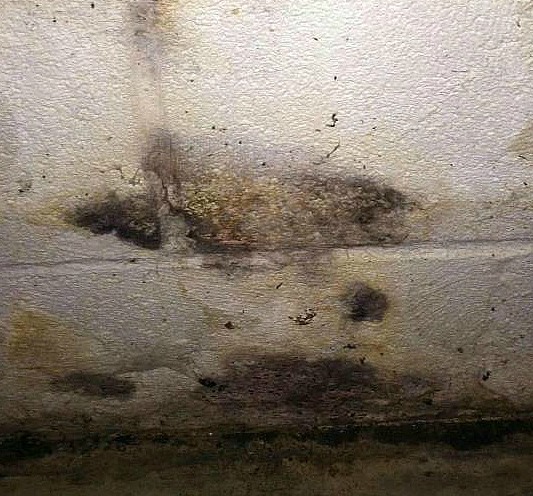


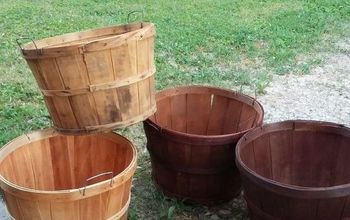





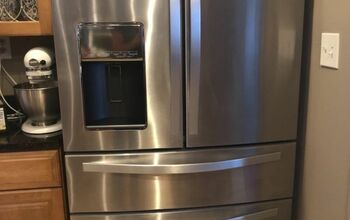
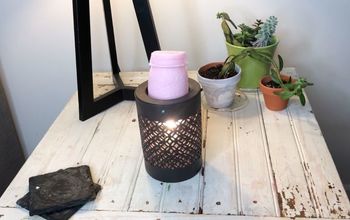
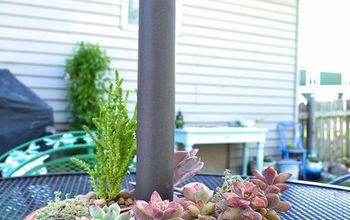


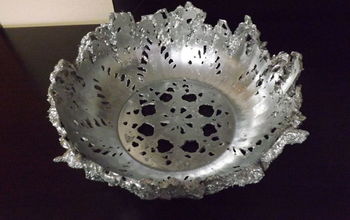







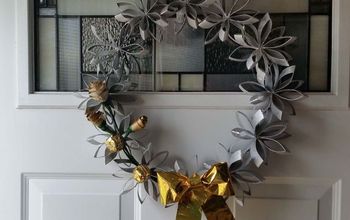

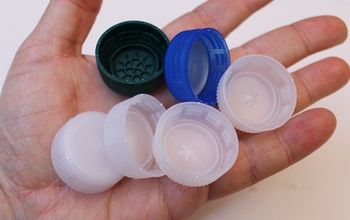
Frequently asked questions
Have a question about this project?